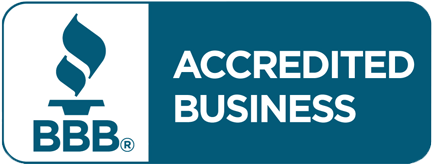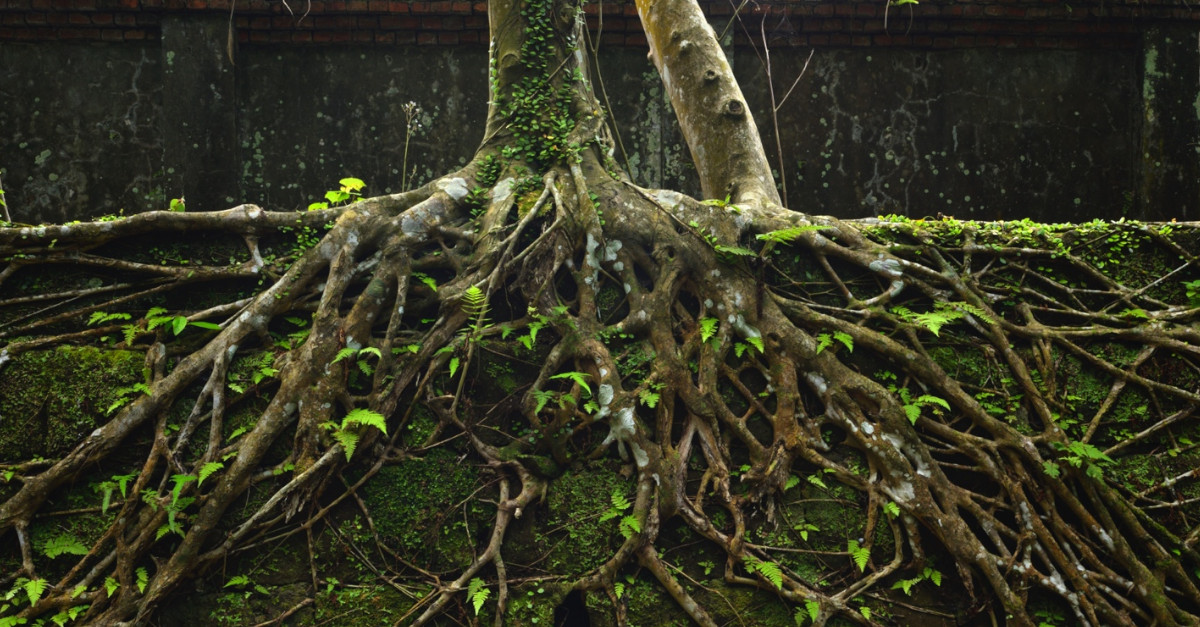How “Mulch” Does Mulch Help?
Sure, you’ve heard about mulch. It’s … stuff … that you put on the ground, right? And it helps plants, you’re sure about that one. But how? What is it? And do you really need it? Today, we’re going to answer all your questions and more. Settle in; let’s talk Mulch 101.
What Exactly Is Mulch?
Part of the reason for the confusion surrounding mulch is that it can mean many things. The word mulch simply refers to a layer of material that is applied to the top of the soil as a protective layer. It can be leaf litter, bark chips, shredded bark, compost, or other products that insulate and hold in moisture. The difference is that, unlike a soil amendment that you work into the dirt, mulch remains on top.
Why Mulch?
Well, we gave it away in that last sentence: Mulch is all about keeping heat and water in. When applied, mulch makes it easier for trees and shrubs to stay hydrated, because it’s less likely the water will evaporate from the soil.
Plus, the natural decomposition of organic material gives off heat, which keeps the ground warm. In addition to preventing the heat loss that would otherwise occur with uncovered soil, this keeps delicate surface roots extra warm during cold months. That’s why mulch is so commonly laid down in the fall.
It also smothers weeds, prevents compaction of the soil, and protects tender roots from hostile attacks by nature and overzealous lawn mowers.
How Much Mulch Are We Talkin’?
So how much? Arbor Day recommends clearing the grass from around the base of your tree in a 3- to 10-foot area, then applying mulch in a 2- to 4-inch-deep layer. After application, be sure to learn proper watering practices, Arbor Day advises, because otherwise, mulch will just help you drown your tree. No Bueno.
Call in the Mulch Magnates
Not sure you have what it takes to become the mulch maven your trees need? That’s cool. Give us a call here at Premier Tree Solutions, a growing tree removal business based in Atlanta, Georgia. We specialize in all your tree-related services, including trimming and pruning, storm cleanup, stump grinding, branch clearing, debris removal, and great news, WE CAN DELIVER FREE MULCH!
Give us a call at 404-252-6448 or contact us here and find out more about how “mulch” we can help you!







